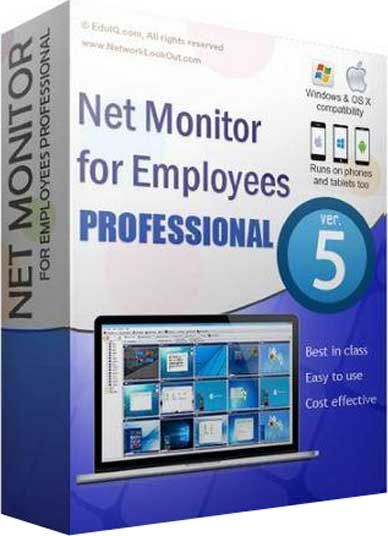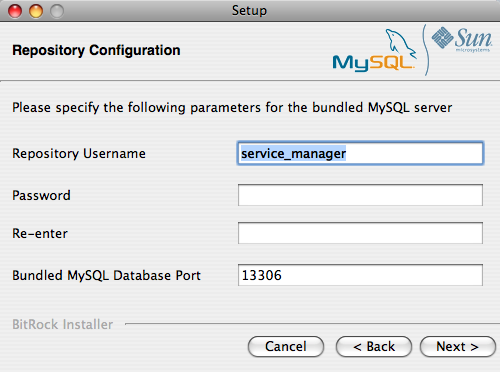

If you're interested in the destination the process is talking to, but the destination IP address doesn't have a reverse DNS hostname (like in the previous example), then try visiting that IP address in a web browser as click the broken lock icon in the address bar, and view the certificate details to find out which domain is served there (*. in this case). If you're interested in what the process is transmitting over the network, use the client port number for that particular connection (e.g. We reduced the time spent resolving tickets by 75.

Deploy the service on any network environment, including on-premises, remote, and cloud.

Agents are standalone sensors or clients running on end-user endpoints. A huge amount of text will begin scrolling on your screen. Rely on distributed and active network monitoring agents to cut down troubleshooting time. In the new Terminal window, type netstat and press Return (or Enter) to execute the command. To run netstat: Go to Finder > Go > Utilities.
NET MONITOR OSX INSTALL
You don't need to download or install it. If that doesn't solve it, find out if you can uninstall the process. The netstat command is available on Macs by default. If you don't want the process around, get the pid (the number next to the process name in nettop), and kill it with kill -9. If you don't recognize the process name, Google it. The 'd' instructs nettop to only show differences in each screen refresh. Then hit 'd' and look for odd-looking entries or entries with consistently large traffic in the 'bytes in' or 'bytes out' column. Better than lsof since it shows the usage data too. Open the ‘OpenVPN Connect installer’ to start the installation then click ‘Continue’. Wait until the download completes, and then open it (the exact procedure varies a bit per browser). It is pre-installed, and refreshes every few seconds to provide a dashboard of all open network connections with their usage. Navigate to the OpenVPN Access Server client web interface.


 0 kommentar(er)
0 kommentar(er)
